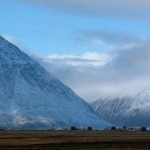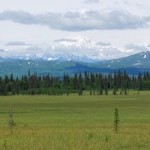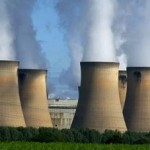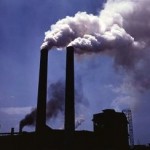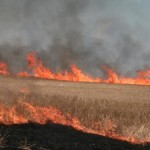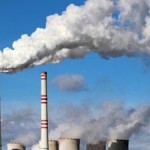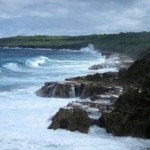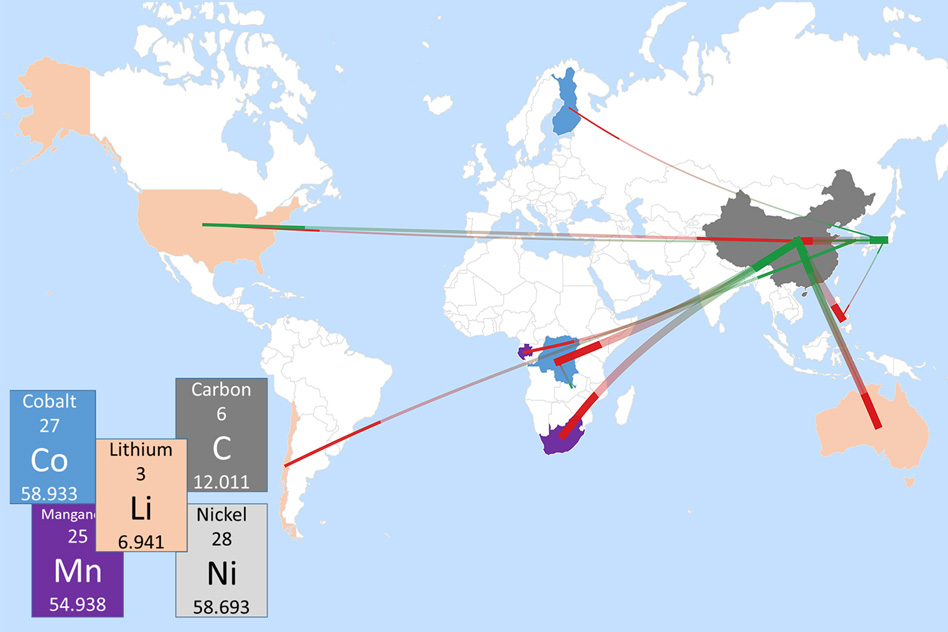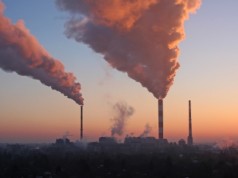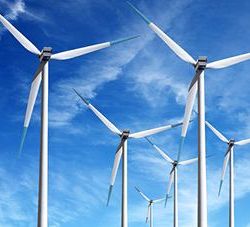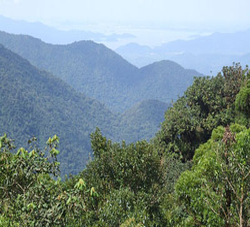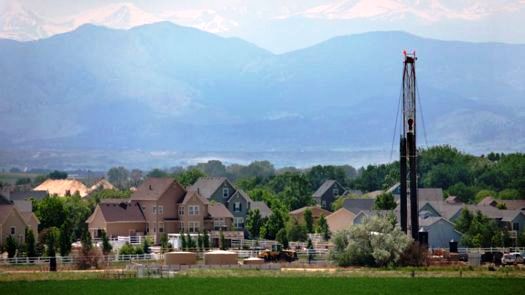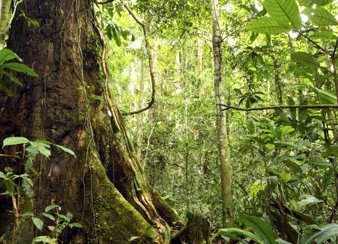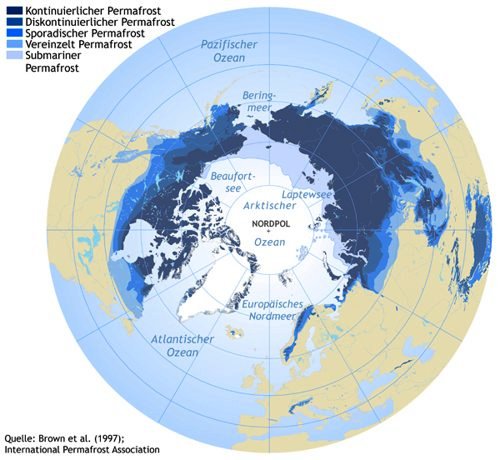
Background
The abrupt CO2 rise about 14,600 years ago examined by the scientists was one of three rapid fluctuations in the carbon cycle during the transition from the last ice age to the present interglacial. This was shown by American colleagues (Marcott et al.; doi:10.1038/nature13799) by means of new CO2 data from an ice core in West Antarctica that was published in the journal Nature at the end of October 2014.
Since CO2 analyses on ice cores always contain only an averaged version of the atmospheric signal due to the inclusion process of the gases in the ice, the exact size of the CO2 pulse is still uncertain. Nevertheless, scientists can clearly determine that the rates of change in atmospheric CO2 during these abrupt CO2 rises were significantly lower than the corresponding rates caused by fossil fuels of approximately 2-3 ppm per year, which are occurring today.
Details of the Study:
Peter Köhler, Gregor Knorr und Edouard Bard (2014): Permafrost Thawing as a Possible Source of Abrupt Carbon Release at the Onset of the Bølling/Allerød. Nature Communications 5:5520; DOI: 10.1038/ncomms6520
Source: AWI.

